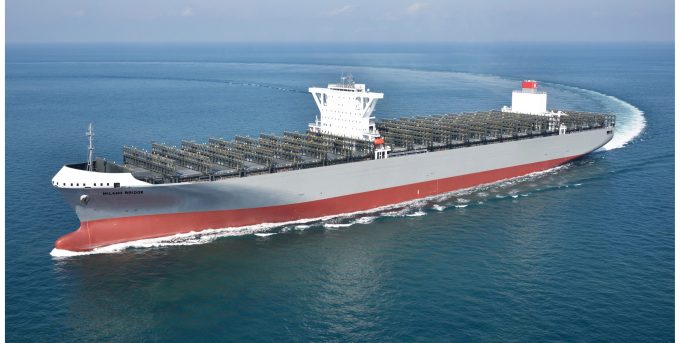CMA CGM 'testing the water' of the Suez Canal for more services
CMA CGM is again “testing the water” in the Suez Canal, which could prompt other ...

Emergent trends in shipbuilding demonstrate how carriers are building capacity management into their fleets at the design stage.
The longtime pre-pandemic trend of “bigger is better” appears to have been sidelined in favour of flexible neo-panamax vessels of between 14,000 and 16,000 ...

Comment on this article